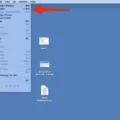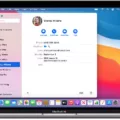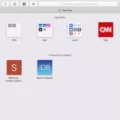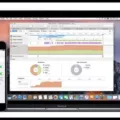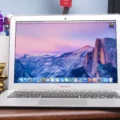Are you havig trouble deleting downloads on your Mac? If so, you’re not alone. Many Mac users struggle with this task and it can be especially challenging if the file is being used by another application. Fortunately, there are a few easy steps you can take to help delete your downloads from your Mac.
The first step is to make sure no other applications are using the file. If an application is using the file, it will display a “file in use” error and prevent you from deleting it. If this happens, try to figure out which application has a hold over the file and close that application before attempting to delete the file again.
Once you’ve confirmed that the file is not being used by any other applications, you can begin the process of deleting it. To do this, open Finder and then select your Downloads folder. This will show all of the files that have been downloaded recently on your Mac. From here, simply select the files you want to delete and press Command+Delete (or click File > Move To Trash) to send them to the Trash folder.
If you want to make sure these deleted files are permanently removed from your computer, then open up the Trash folder (located in Finder). When in here, go ahead and press Command+Shift+Delete (or click File > Empty Trash) to permanently delete all of those files from your Mac system.
Deleting unwanted downloads from your Mac doesn’t have to be difficult or time-consuming — with these simple steps, anyone can quickly get rid of outdated or unnecessary files from teir computer!
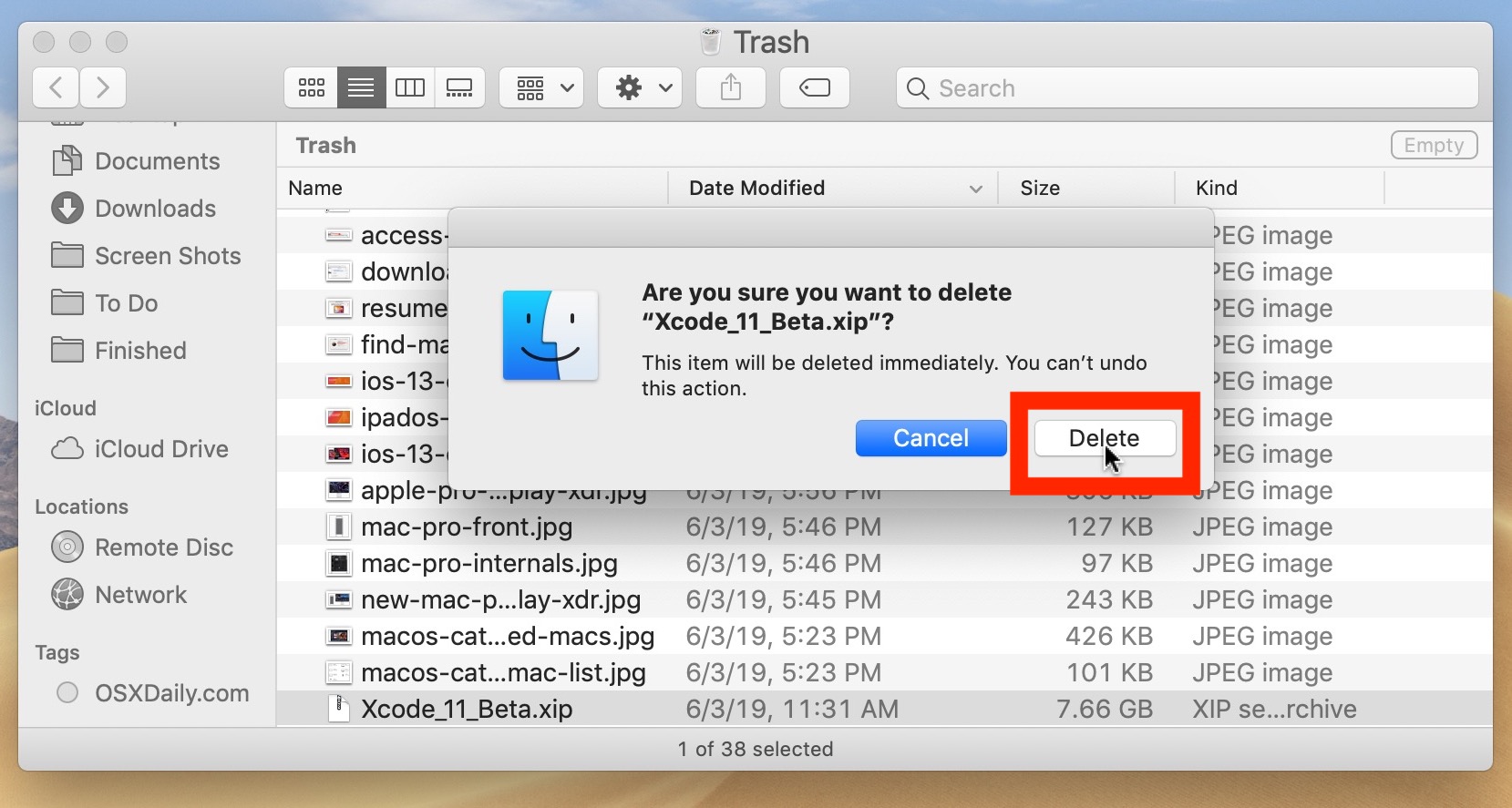
Unable to Delete Downloads on Mac
There could be a few different reasons why you cannot delete your downloads on your Mac. First, check to make sure that the file is not open in any application. If the file is open, you will need to close the application before you can delete it. Additionally, if the file is being used by a system process, such as Spotlight or Time Machine, you will need to disable those services before you can delete it. Finally, if the file has an incorrect permission setting or belongs to aother user, you may need to change its permissions or take ownership of it before deleting it.
Clearing the Downloads Folder
To clear your Downloads folder, you’ll need to access your device’s file manager app. This can usully be found in the app drawer of your device. Once you open the file manager, locate the Downloads folder and tap it to open it. From here, you can select any files that you’d like to delete and tap the delete button. To delete all of the files in the folder at once, tap the menu icon in the upper-right corner of the screen and select “Select All” followed by “Delete”. Confirm that you want to delete these files by tapping “OK”. Your Downloads folder should now be empty.
Emptying the Downloads Folder on a Mac
Yes, you can easily empty your Downloads folder on your Mac. To do so, open the Downloads folder. Press Command+A to select all the files. Then, expand the File menu at the top of the screen and select Move to Trash. This will move all of the files in your Downloads folder to the Trash, where they can be permanently deleted.
Locating Downloads on a Mac
The Downloads folder is the default location for most downloads on Mac computers. You can find it located inside your user folder. To access this folder, open the Finder application, then look in the sidebar under ‘Favourites’ for the Downloads folder. Alternatively, you can use the keyboard shortcut ‘Command + Shift + L’ to quickly open up your Downloads folder. Once you are in the folder, you will see all of your recently downloaded files.
Locating the Download Folder on a Computer
Your download folder can be found in File Explorer on your computer. You can access it by selecting File Explorer from the taskbar, or pressing the Windows logo key + E. Once File Explorer is open, select “Quick access” and then choose “Downloads” to view your download folder. Here you can find all of the files that have been downloaded to your computer.
Conclusion
In conclusion, Mac is a powerful and reliable operating system that offers users a wide array of features and tools to help them get the most out of thir computing experience. Mac devices are secure and intuitive, making them easy to use for both beginners and experienced users alike. With its straightforward user interface, comprehensive security features, and reliable performance, Mac makes it easy to stay productive and connected on any device.

